In order to avoid this, you need to remove ice from your tires by following a few simple steps listed below. How to de-ice tires? Read this article and find out.
There are a couple of ways how one can de-ice tires, and the most common ones are by using a de-icer spray that is also used to de-ice windshield wipers. If you come across larger ice patches on your tires, also be sure to use an ice scraper that can thoroughly clean the insides of the grooves.
You should also spray your tires with a special silicone-based tire treatment that will prevent ice patches from forming in the future. It’s also a good idea to clean out your wheel wells from snow, slush, and ice in order for them not to come in contact with the tires.
Many de-icing products can be used on various parts of the car such as the windshield, the windshield wipers, the door handles, and tires. A quality de-icer spray can take care of all of these which means that it is safe for tire use as well. These compounds are designed to remove ice quickly without causing any harm to your tires. Only use de-icer sprays that are specifically designed for automotive use.
The most important thing is to go around the tire completely because you want to remove the stubborn ice that has managed to fuse with the tire. This will help you a lot when it comes to scrapping off the ice with a scraper.
Scrape Of The Ice With An Ice ScraperNo matter how effective a de-icer spray can be, you will still have to use the good old scraper to remove all the larger chunks of ice after they have been softened by the spray. You need to do this extra carefully as you don’t want to scratch your wheels, your tires, or even your paint.
Pop off all the larger ice chunks and don’t be shy to spray the de-icer a few times on some more stubborn ice patches.
Clean Out Your Wheel WellsYour wheel wells are likely going to be covered with snow, ice, slush, and all sorts of dirt particles and debris. You also have to clean these off thoroughly after you finish driving as these can easily spread towards your tires. Cleaning your wheel wells during winter should always be done whenever you wash the car, no matter if you come across ice or not.
You also have to clean these off thoroughly after you finish driving as these can easily spread towards your tires. Cleaning your wheel wells during winter should always be done whenever you wash the car, no matter if you come across ice or not.
After you are done removing all the larger ice chunks and smaller ice patches, now you have to prevent ice from forming as you don’t want to de-ice your tires every single day. The best course of action would be to use a silicone-based tire treatment spray which is designed to employ a clear no-stick layer on top of your tires which prevents ice from forming in the future.
Sure, a silicone-based spray may not be able to prevent ice from forming completely, but if it does, it is going to be a lot easier to remove the ice if the tire has been sprayed with silicone. Also, don’t forget to spray your wheel wells whenever you spray your tires.
Clean Your Tires After DrivingAfter you’ve successfully done everything listed to this point, you also want to make sure to clean off any snow and slush from both your tires and your wheel wells.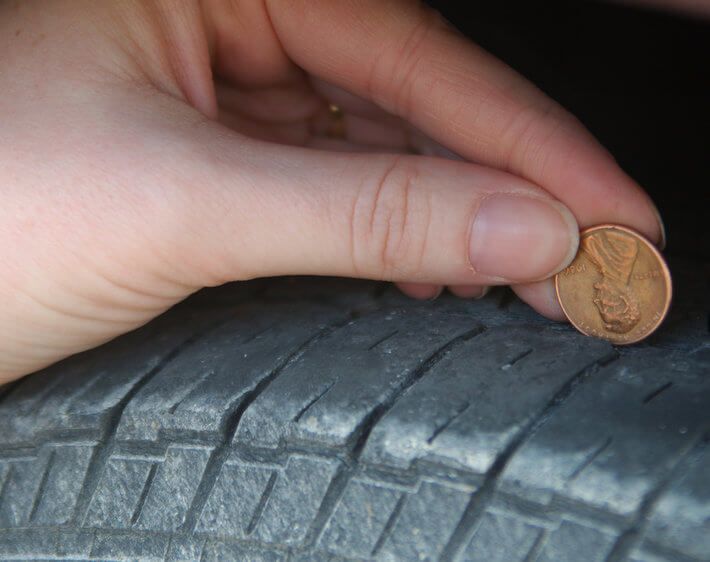 Use a brush to brush off the snow away from the tires as these snow patches tend to turn to ice when the car is parked. Parking your car in a shielded environment such as a garage is also going to help you in the long run.
Use a brush to brush off the snow away from the tires as these snow patches tend to turn to ice when the car is parked. Parking your car in a shielded environment such as a garage is also going to help you in the long run.
It may seem logical at first, but using a hammer to remove stubborn ice chunks from your tires is going to do more harm than good. One missed blow and you could see yourself making a large dent in either your car or your wheels. Consecutive hammer blows to a stiff tire could also cause tiny micro-cracks within the tire that are surely going to expand and ruin your tires even before the season ends.
Can I Use Sharp Objects To De-Ice Tires? A sizzle tool or a knife could also seem like effective tools when it comes to de-icing tires, but they could also cause lots of trouble with one minor mistake.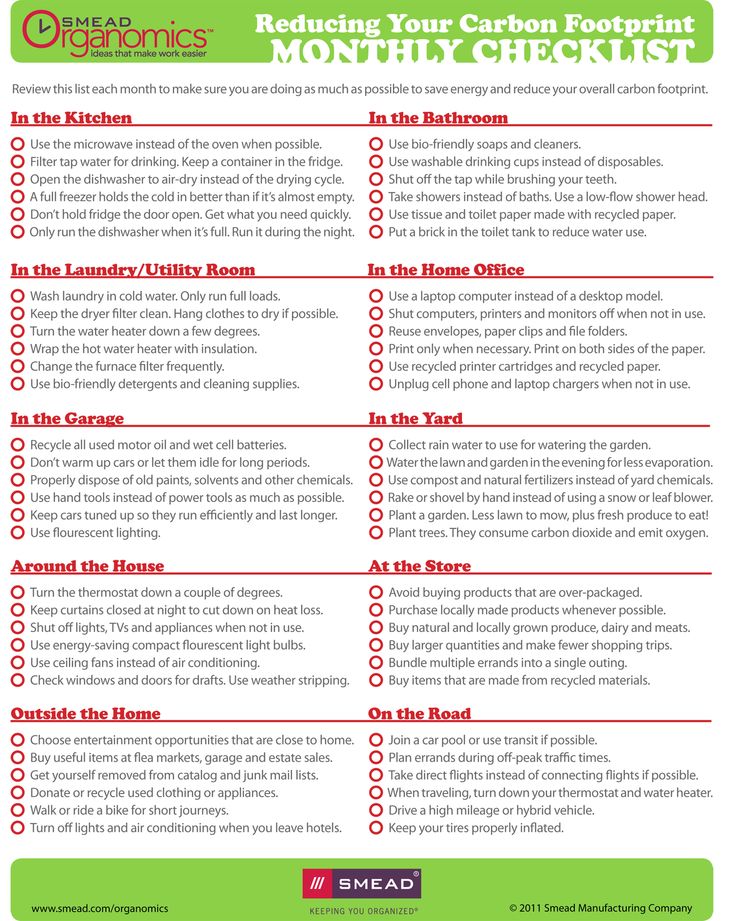 The stiffer the tire, the easier it gets to puncture it as it loses its flexibility which enables it to absorb impacts without any issues.
The stiffer the tire, the easier it gets to puncture it as it loses its flexibility which enables it to absorb impacts without any issues.
Even though a knife seems like the best tool to de-ice tires because it can clear the ice out from within the threads, it can also scratch your tires or even puncture them entirely.
Can I Use Hot Water To De-Ice Tires?Whatever you do, don’t attempt to pour hot water on icy tires as that can wreak havoc on your tires. When hot water comes in contact with solid ice, the ice rapidly expands which can destroy a stiff tire in no time. Moreover, even if you do manage to clear off the ice, the water you just poured onto the tires could freeze again which puts you back to square zero.
Can I De-Ice Tires By Driving?If your tires are only slightly covered with ice, you can drive the car, but that is not going to solve the issue. It is only going to pause it until your park the car up again which puts you back to square zero once again.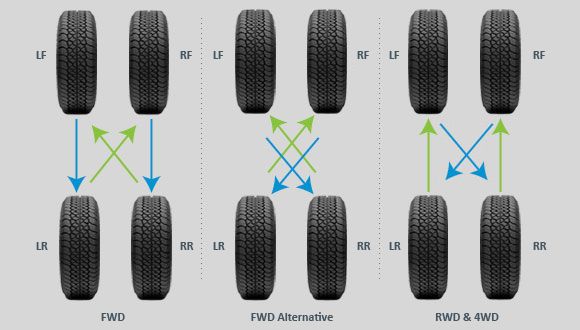 However, if your tires are severely frozen, you should avoid driving the car as that is extremely unsafe.
However, if your tires are severely frozen, you should avoid driving the car as that is extremely unsafe.
Snow and ice can wear on your tires and ultimately lead them to premature retirement. Whenever ice forms on your tires, it affects the size of your contact patch with the road which means that certain parts of the tire are now tasked with distributing the weight of the car while others are not. This leads to uneven tire wear which is known to destroy tires.
Furthermore, ice also stiffens up the tire, both from the outside and the inside which leads to cracks and could potentially even compromise the structural integrity of the tire. This can lead to miniature cracks all across the surface of the tire which ultimately leads to severe tire cracking.
This is the main reason why summer and winter tires exist as some of the main differences between the two are the ones associated with how the tire copes with outside environments such as temperature, moisture, and lack of moisture. Summer tires are known to stiffen up and crack even if the temperature is far from freezing.
Summer tires are known to stiffen up and crack even if the temperature is far from freezing.
The reason why ice tires are able to withstand constant exposure to below-freezing temperatures is that they are manufactured with a special mixture that consists of silica which helps the tire remain flexible at all times.
Studded tires are the best pick of the bunch if you regularly traverse over large ice patches such as frozen lakes. They are also extremely effective when it comes to snow driving as the studs can break through the snow and maintain traction at all times. However, do your research before you acquire studded tires as they are not legal in all states.
De-icing or defrosting your tires is something you can do fairly easily, but be sure to do so by following all the steps listed in this article. Use an automotive-grade de-icer spray to soften up all the ice patches that have formed on top of the tire and then scrape those off with your trusty ice scraper. Clean your tires, your wheel wells, and your rims from snow, slush, and ice whenever you can.
Clean your tires, your wheel wells, and your rims from snow, slush, and ice whenever you can.
Also, be sure to spray the tires with a silica-based treatment that is going to prevent further ice patches from happening. Never try and de-ice your tires with a hammer, a knife, or any other blunt or sharp object. Don’t pour hot water onto the tires and avoid driving your car if the tires are severely frozen.
A blizzard is on the way. You’ve stocked up on candles, hot cocoa and batteries. But what if you have to leave the house? Do you know how to get your car out of the snow if you get stuck?
From driving techniques to using props, here are seven ways to get your car moving again, plus some advice about how to prepare for a snowstorm.
There are two key things to do BEFORE the storm arrives to be sure you can get your vehicle back on the road after a big snow. They can make the difference between looking like a genius and having huge hassles.
They can make the difference between looking like a genius and having huge hassles.
If you live somewhere where storms can bring a foot or two of snow at once, you should definitely be running snow tires, not all-season tires. (Find out how to choose snow tires.) Before the snow starts falling, get your air pressure checked and make sure your tire tread’s in the proper condition.
Not only will this come in handy for you, but you may also be a hero to those who are caught unprepared. (Speaking of preparedness, here’s a winter safety kit checklist of other items to keep in your car so you’re ready for pretty much any winter road condition.)
Both drive wheels will need to have traction for you to get unstuck. These are the front tires on a front-wheel-drive and the rear tires on rear-wheel drive, AWD and 4WD vehicles. Turn off the car’s traction control system (usually with a button somewhere on the dashboard or console).
Turn off the car’s traction control system (usually with a button somewhere on the dashboard or console).
Start your vehicle, roll down your window and take off your hat or earmuffs so you can hear clearly. Even better, stick your head out the window to watch your front tire. You’ll get the best traction by straightening the wheel, so do this as much as your parking situation allows.
Put your vehicle in the lowest gear. If you’ve got a four-wheel drive SUV or pickup, engage the low-range gearing. Move forward just a bit.
Now slowly back up. Don’t rev the engine. Stop, then put it in forward and apply a little gas. This can tamp down loose snow and maybe give you enough traction to get out.
Listen carefully. If you hear any tire spinning, take your foot off the gas immediately.
If your vehicle didn’t move at all or a tire is spinning, try braking while at the same time that you’re giving a little gas. This should decrease the spinning and transfer some power to that wheel.
This should decrease the spinning and transfer some power to that wheel.
If you have a front-wheel-drive and there aren’t curbs or other cars blocking your way, try turning the wheels slightly the other way and see if that gives you more traction.
Don’t try this braking method for more than a few seconds. It can overheat your brakes which can compromise braking until they’ve cooled down.
Sometimes a push from a few Good Samaritans will do the trick. Be 100 percent sure you use only the gear that keeps pushers out of harm’s way (Forward gear only if they're pushing your vehicle from behind.). Ask your helpers to push on the count of three as you gently apply the gas.
If you’re still stuck and you have snow chains, it’s time to chain up. That almost always does the trick.
If you don’t have chains, and your vehicle is moving forward some but then stopping, try “rocking” back and forth between forward and reverse gears.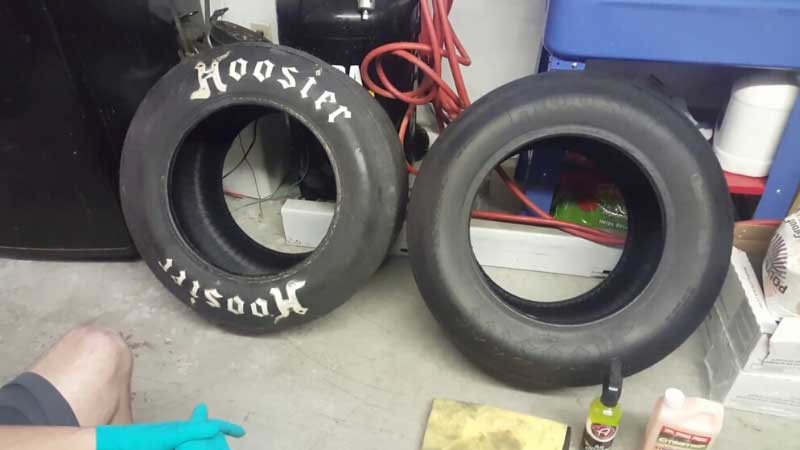 Give it a little gas just as the vehicle starts to swing forward out of reverse. This may give you enough momentum to drive out. But be aware that this kind of rapid shifting can overload your transmission. Only try it a few times or you could end up with expensive damage. It will be much cheaper to just call a tow truck.
Give it a little gas just as the vehicle starts to swing forward out of reverse. This may give you enough momentum to drive out. But be aware that this kind of rapid shifting can overload your transmission. Only try it a few times or you could end up with expensive damage. It will be much cheaper to just call a tow truck.
If you’re still spinning, you can put something on the ground to add traction that won’t damage your tires. Try sprinkling sand or kitty litter in front of the drive tires (and behind them if you’re planning on backing out).
DON’T EVER USE ANTIFREEZE TO TRY TO MELT SNOW AND ICE. Antifreeze is toxic to children, pets, and wild animals, and it can find its way through storm drains to waterways where it can poison marine animals. Plus, in some states, it’s illegal to pour antifreeze on the ground. Using salt as a deicer is also a bad idea for the environment — and your vehicle. It’s corrosive to metal (like the undercarriage of your car) and becomes less effective below 25 degrees Fahrenheit anyway.
It’s corrosive to metal (like the undercarriage of your car) and becomes less effective below 25 degrees Fahrenheit anyway.
Another way to get traction is to lay cardboard, plywood, two-by-fours or even your vehicle’s floor mats down in front of the drive tires (or behind them if you’re starting in reverse). If you’re in the middle of nowhere, you can use weeds or branches from the side of the road. But caution: Clear the area and go very easy when accelerating. Sometimes the wheels can make whatever you put down for traction shoot out. And be aware your mats could get ruined. Again, it’s probably less out of your pocketbook to get a tow truck.
The last resort is to let a little air out of your tires, just enough so they look visibly lower. Only do this if you have a way to get them quickly refilled someplace close by. Driving on underinflated tires puts more rubber in contact with the ground and will give you better traction for a short distance.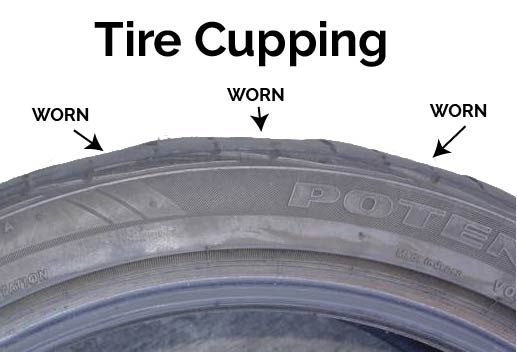 But driving this way isn’t safe and it could damage your tires if it’s a long way to the filling station.
But driving this way isn’t safe and it could damage your tires if it’s a long way to the filling station.
If you’re in forward gear, don’t stop right away but drive somewhere you can see there’s less snow and you can safely stop. If you’re in reverse, keep backing up for a few yards, then take your foot off the gas. The snow will stop you. Next, put it in low gear and gently accelerate forward in the tracks you’ve made, just fast enough to break through where you were stuck.
Re-engage your traction control system, if you turned it off. If you engaged your low-range 4WD, disengage. Make sure your radiator has air flow. Snow packed into the front of the grille can cause engine overheating.
Go immediately to the closest service station and refill your tires if you let any air out.
If you notice a vibration in your steering wheel, check for snow packed into your wheels. Pull over someplace safe and knock the snow or ice out with an ice scraper or shovel.
Pull over someplace safe and knock the snow or ice out with an ice scraper or shovel.
Want a complete list of resources for winter driving safety? Here’s our guide for safe driving in winter, from prepping your vehicle to driving in bad conditions.
Important Notice: The information provided above is from a variety of resources deemed reasonably reliable. The operation of your vehicle, or the repair or replacement of your vehicle’s equipment, may be different than for a typical vehicle. Please consult your owner’s manual for specific warnings, notices, and other advice relative to the above.
Get More Driving Tips
Practice shows that an impressive proportion of motorists do not pay any attention to situations when snow sticks to the fender liner, wheel arches of their cars. They argue that the metal will cope with soft snow, and therefore there is no point in worrying.
The reality is different. Ordinary soft snow can turn into a serious threat. Therefore, ignoring the accumulation of snow masses is strongly discouraged.
There is another problem. Drivers do not know how to act correctly in this situation. As a result, they can harm their own car with their own hands.
Considering the disappointing statistics of breakdowns caused by the banal buildup of snow, you need to find out what the danger is, how to properly get rid of snow and ice, and what mistakes you should not make. Plus, we will separately talk about the means that have shown themselves well in the issue of preventing sticking.
When it snows, the cars look about the same. All drivers are trying to drive through snowdrifts. In this case, the wheels during rotation scatter the fallen snow on the sides.
Gradually there is sticking to the bumper, sills, but sticking is most intense in the area of the wheel arches.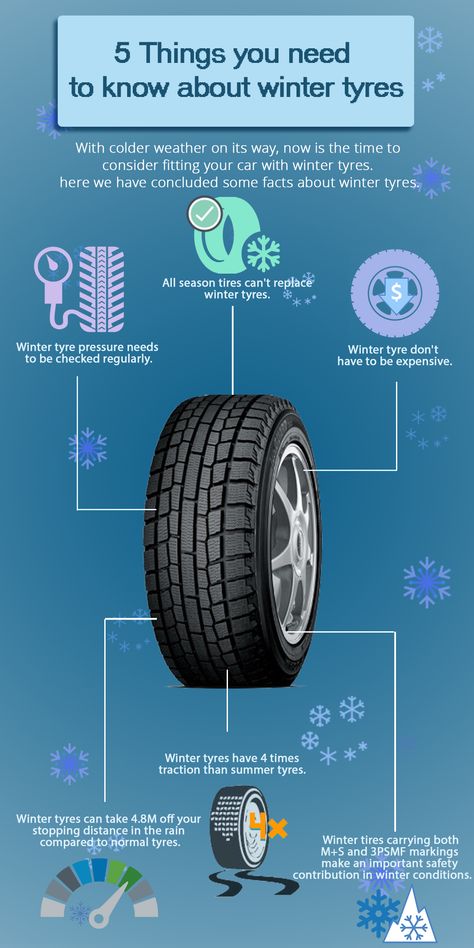 It would seem that there is nothing terrible and dangerous here. It's just snow. It is quite soft in its structure, and therefore cannot cause any harm to the car. Not everything is as harmless as it might seem at first glance.
It would seem that there is nothing terrible and dangerous here. It's just snow. It is quite soft in its structure, and therefore cannot cause any harm to the car. Not everything is as harmless as it might seem at first glance.
Nothing bad happens as long as the car moves in the general flow. Even if the snow completely fills the space of the wheel arches, the structure remains loose and soft. Any turn of the steering wheel, and the wheel will cut the snow mass. No harm or damage.
But there are other situations. For example, when a car, having collected snow in the fenders, moves straight for a long time. Almost never turns. During this period, the adhering snow becomes more dense, covered with a crust of thick ice. As a result, a dense block is formed next to the rotating wheel. And the gap between them is minimal.
The same thing happens when the car is left outside in the cold. During downtime, the snow mass also turns into ice.
Ice-covered mass of snow is much more dangerous than sticky soft snow.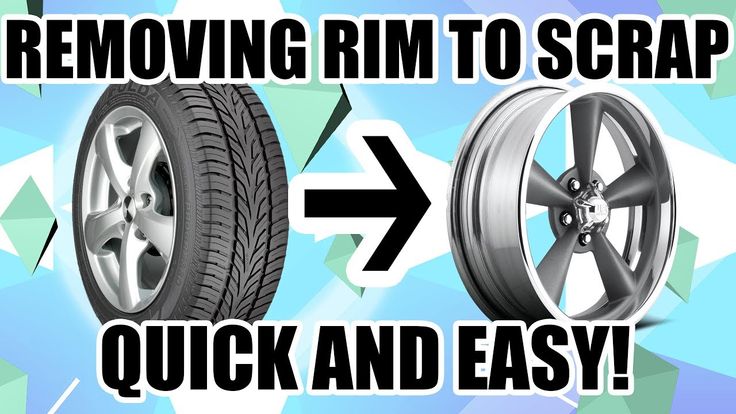 There are several reasons for this:
There are several reasons for this:
 There are a number of examples when ice in the fender liner led to deformation of the body.
There are a number of examples when ice in the fender liner led to deformation of the body. If the wheel starts to beat from the ice that has stuck to the plastic elements, it is completely possible that the plastic fender liner or mudguard will simply fall off. They are usually held on light pistons. Less often on self-tapping screws. But even this is sometimes not enough to keep the fender liner in place.
It's not hard to imagine what flying parts can do to a machine.
One more thing. During snowfalls, in order to fight snow drifts on the roads, they are covered with special reagents. Sometimes it's just salt. Or more powerful chemicals. Sticking together with snow, reagents can harm plastic, provoke active corrosion on metal elements. Plus, they quickly destroy electrical wiring, break contacts, even with an insulation layer.
Or more powerful chemicals. Sticking together with snow, reagents can harm plastic, provoke active corrosion on metal elements. Plus, they quickly destroy electrical wiring, break contacts, even with an insulation layer.
The conclusion is obvious. It is necessary to carefully monitor the condition of the wheels, check for the presence of sticking snow on the fender liner and take the necessary measures in a timely manner.
Now the question is how to properly knock off the accumulated ice from the car fender liner and do it as safely as possible.
In fact, there are several ways to carefully remove all the stuck snow on your car's fender liner. But some drivers do things differently.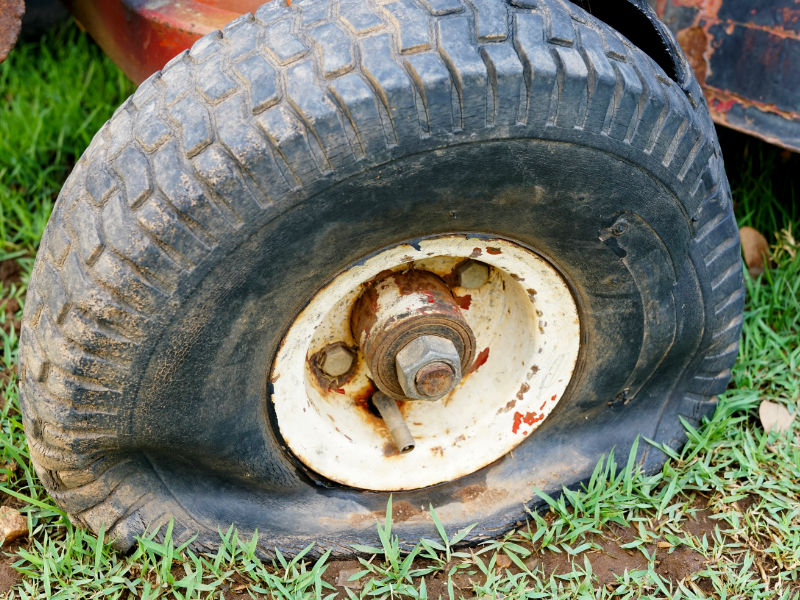 They simply remove these protective elements. But the SDA and the Code of Administrative Offenses say that it is impossible to do this with the rear fender liner. This is due to the likelihood of an emergency on the road, since snow, various debris, etc. are actively ejected from under the car without rear wheel arch liners.
They simply remove these protective elements. But the SDA and the Code of Administrative Offenses say that it is impossible to do this with the rear fender liner. This is due to the likelihood of an emergency on the road, since snow, various debris, etc. are actively ejected from under the car without rear wheel arch liners.
If it becomes necessary to remove ice from under the wheel arches of the car, you can apply the following methods.
 Water provokes melting and sticking of ice. The procedure takes a minimum of time. The same can be done at home.
Water provokes melting and sticking of ice. The procedure takes a minimum of time. The same can be done at home.  But it is more powerful, plus not everyone has it on the farm. Excessive heat from a heat gun can damage plastic parts and paintwork. Therefore, it is better to use a household hair dryer. With its help, ice from the fender liner is removed longer, but it is safer for the car itself.
But it is more powerful, plus not everyone has it on the farm. Excessive heat from a heat gun can damage plastic parts and paintwork. Therefore, it is better to use a household hair dryer. With its help, ice from the fender liner is removed longer, but it is safer for the car itself. Don't forget to clear the wheel arches of residual snow at the end. Especially if you drove on roads where special reagents are scattered. A simple rinse with clean water will suffice. But sometimes it is recommended to use water together with detergents.
It is easy to neutralize the action of substances if you know whether they are alkaline or acidic.
There are those drivers who are just trying to beat the ice off the fender liner. For some reason, they think that it is safe and harmless to the car.
What you definitely shouldn't do is use bayonet shovels and pry bars to break the ice. Otherwise, the likelihood of damage to the machine increases. And with my own hands.
And with my own hands.
A common mistake is to hit hard on ice. This includes any tools, be it a pry bar, a hammer, a shovel, or some kind of metal pipe or wooden stick.
Properly knocking off stuck and hardened snow will definitely not work. But the fender liner and mudguards will certainly suffer. And this is at best. You can also damage the suspension, shock absorbers, springs and other important parts of the vehicle. As a result, the driver will face significant financial expenses in order to repair the car.
Another common mistake is an attempt to knock off ice with the wheels by turning the steering wheel. The driver sits behind the wheel and begins to intensively turn the steering wheel in different directions, turning the wheels all the way. In the best case, the motorist will damage the rubber, on which cuts form. You can't go far with these tires.
The consequences will be even worse if the ice in the fender liner catches the suspension elements. A sharp rotation will lead to damage to the chassis, elements of the brake system, suspension. Without a preliminary inspection, it is difficult to say whether the snow has stuck only to the fender liner, or whether the ice has spread much wider in the area of \u200b\u200bthe wheel.
A sharp rotation will lead to damage to the chassis, elements of the brake system, suspension. Without a preliminary inspection, it is difficult to say whether the snow has stuck only to the fender liner, or whether the ice has spread much wider in the area of \u200b\u200bthe wheel.
Therefore, try not to make other people's mistakes and act competently in such situations. Don't rush, don't make rash decisions.
In order to prevent further snow from sticking to car fender liner, you can resort to different methods and solutions.
The most drastic measure is to stop using the car until the snow passes and spring comes. Maybe this will surprise someone, but many drivers leave the car for the winter, carry out conservation measures and, with the onset of cold weather, begin to operate again. Usually this is done with cars that cannot or should not drive on slippery roads in winter, or this is a spring-summer type car with an open top.
Usually this is done with cars that cannot or should not drive on slippery roads in winter, or this is a spring-summer type car with an open top.
But for most drivers this is not an option. At the same time, it is necessary that the snow still does not stick to the fender liner and does not lead to potentially serious and dangerous consequences.
Then the question arises of how you can treat your car's wheel arch liners to prevent snow from sticking to them. Here it is worth highlighting several popular solutions.
Of course, you can invest heavily and take special chemicals that are used in military and civil aviation. But in practice it is too expensive and does not make sense. There are much simpler and more affordable solutions that are not inferior in efficiency to expensive chemistry.
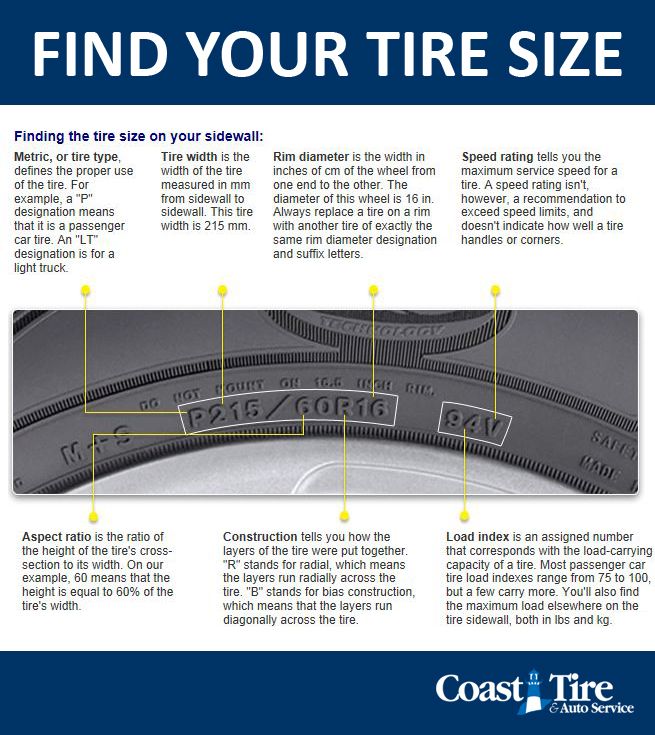 As in the case of using other means, you need to follow a certain sequence. First, remove all dirt and frost. It is important to wait until it is completely dry. Then processing is done with WD-40. It is not worth it to immediately hit the road on snow-covered roads. Wait for the WD-40 to soak in and dry. You will be able to prevent possible snow from sticking to car fender liner by creating a greasy surface. As a result, the snow simply will not stick due to poor adhesion. Just keep in mind that if you lubricate with WD-40, then such a tool will have certain disadvantages. First, the WD-40 formulation itself is expensive. And secondly, one treatment is enough for 1-2 weeks, no more. Think about whether you are ready to spend money on a can of WD-40 every month.
As in the case of using other means, you need to follow a certain sequence. First, remove all dirt and frost. It is important to wait until it is completely dry. Then processing is done with WD-40. It is not worth it to immediately hit the road on snow-covered roads. Wait for the WD-40 to soak in and dry. You will be able to prevent possible snow from sticking to car fender liner by creating a greasy surface. As a result, the snow simply will not stick due to poor adhesion. Just keep in mind that if you lubricate with WD-40, then such a tool will have certain disadvantages. First, the WD-40 formulation itself is expensive. And secondly, one treatment is enough for 1-2 weeks, no more. Think about whether you are ready to spend money on a can of WD-40 every month. 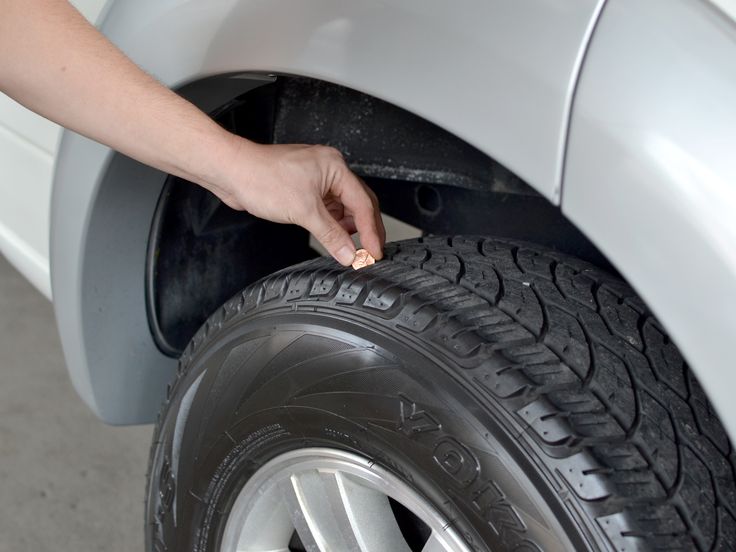 If you smear the thresholds, arches and fender liner, the silicone will last for a month or even a longer period. But this is rare. You don't need to use anything extra. Silicone manages to prevent sticking. But some compounds have low efficiency, others are expensive. Plus, do not forget about the risks of buying fake auto chemicals from well-known manufacturers.
If you smear the thresholds, arches and fender liner, the silicone will last for a month or even a longer period. But this is rare. You don't need to use anything extra. Silicone manages to prevent sticking. But some compounds have low efficiency, others are expensive. Plus, do not forget about the risks of buying fake auto chemicals from well-known manufacturers.  But for processing you will need to use a brush or roller. Plus, the oil has a peculiar smell. Process is messy. But effective. The disadvantage of the product is that various dirt and dust will stick to the oil. As a result, the coating wears out and the anti-stick properties are lost when driving on snow.
But for processing you will need to use a brush or roller. Plus, the oil has a peculiar smell. Process is messy. But effective. The disadvantage of the product is that various dirt and dust will stick to the oil. As a result, the coating wears out and the anti-stick properties are lost when driving on snow. It is objectively easier to prevent snow from sticking than to deal with the consequences of ice on the fender liner. Therefore, it is worth thinking about carrying out preventive measures before the frost hits and the first snow falls.
Silicone, WD-40 and special anti-snow lubricants on fender liner and more apply quickly. Since they are sold in aerosol cans, it will take literally 20-30 minutes to process, taking into account washing and drying. But you don’t have to worry about the possible consequences after snow sticking.
What type of anti-caking agent do you use? How effective have they been? Is it worth buying special chemicals? Or is it better to use improvised means?
Subscribe, leave a comment, ask a question and tell your friends about the project!
11.12.2010, 21:27 #1
such a question -
who cleans the wheels from frozen snow and ice, so that the steering wheel does not sausage during the trip?
11.12.2010, 22:52 #2
iksx ,
I don't read at all. nothing sticks and doesn’t sausage, I have stock cast R14 ..
11.12.2010, 23:33 #3
if pure snow-brush
if it doesn’t help, washing, you can only use wheels (at least we have such a service at many car washes).
12.12.2010, 15:17 #4
Oh yes, it’s easy, after riding in the winter after drifting and driving through snowdrifts, the scribe sticks, I take the original crank from the jack, it’s at the end like a flat screwdriver, I lift the front wheel, turn it around, turn it on to 5th speed, go out and clean it, well, it turns out by the turning method machine I remove excess snow. and I go further. the rear as I crawl, it’s still of little use to them.
12/12/2010, 19:15 #5
Message from VOVANych
Oh, yes, it’s easy, after riding in the winter after drifting and driving through snowdrifts, the scribe sticks, I take the original crank from the jack, it’s at the end like a flat screwdriver, I raise the front wheel, turn it on, turn on the 5th speed, go out and I clean them, well, it turns out by the method of a lathe I remove excess snow.
Shoto I score, dangerousand I go further. the rear as I crawl, it’s still of little use to them.
---------- Post added at 18:15 ---------- Previous post added at 18:13 ----------
Message from Vladimir220483
if it is clean with a snow-brush
Washing course
if it doesn’t help, washing, you can only use wheels (at least we have such a service at many car washes).
12.12.2010, 20:03 #6
Posted by Seryoga987
Shoto I point out, it's dangerous
don't point out!!!!!!!!! I have done this a thousand times!!!!!! Seriously, the car will not go anywhere even if it is in neutral, the differential will not work, and if with a handbrake, you can even accelerate it to 200 and nothing will happen, everything was checked by me personally 8)
But snow is cleared clearly, and even ice, the main thing is not to touch the spinning wheel with my hand, so I turn it, if left then to the left, right then to the right
12/13/2010, 02:28 #7
Nothing sticks to the casting, because sufficient distance between the spokes.![]()